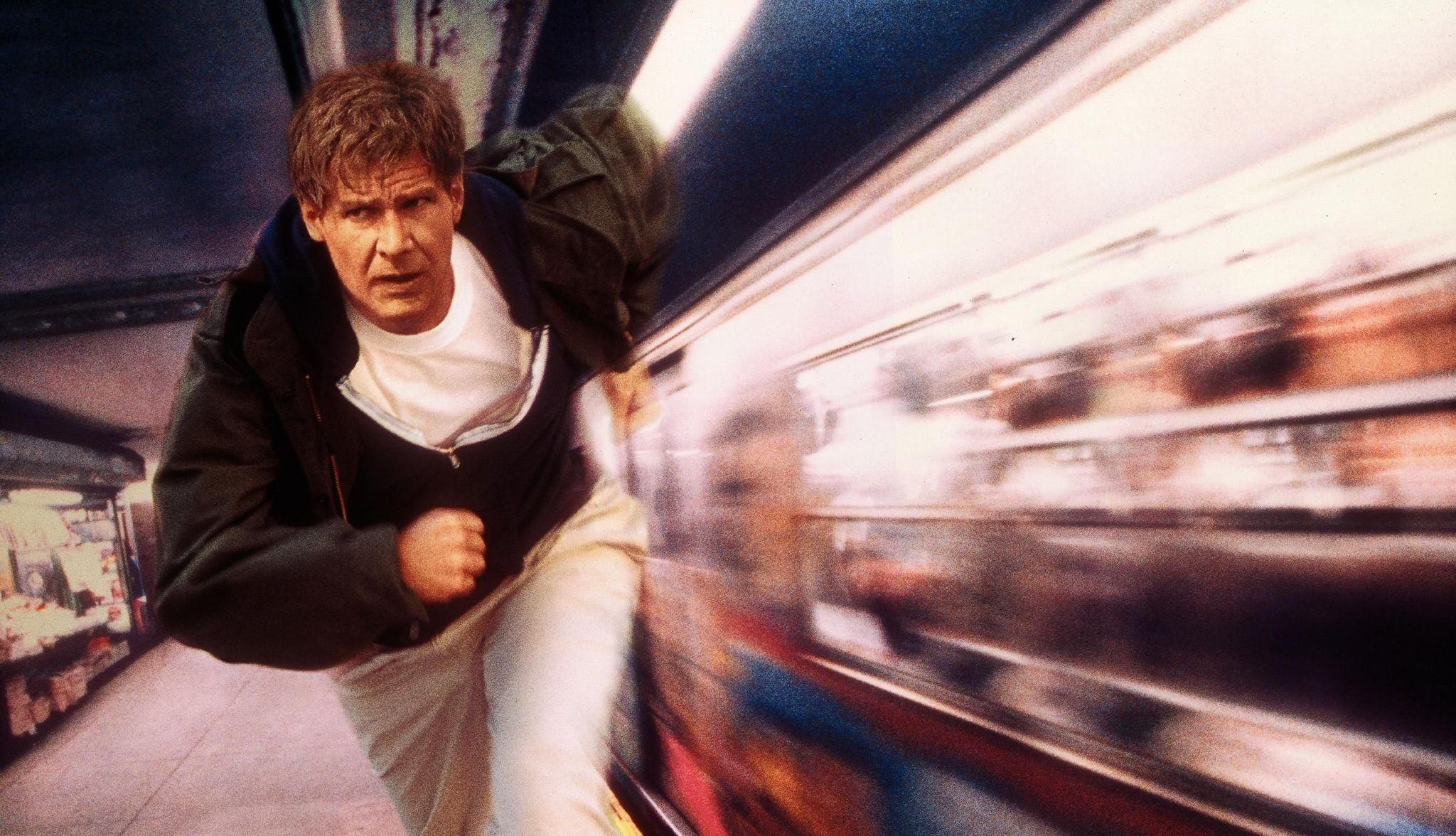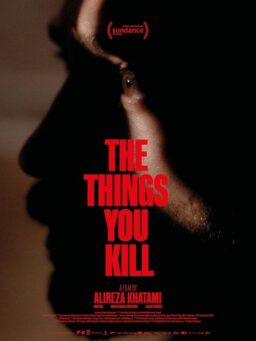How do you start the 20th edition of a cinematic event as beloved as Ebertfest? This year’s line-up is filled with fascinating choices, including Ava DuVernay’s “13th,” Julie Dash’s “Daughters of the Dust,” the Coen Brothers’ “The Big Lebowski,” and Christopher Nolan’s “Interstellar.” But none of those started the film festival. This year’s honor went to Andrew Davis’ “The Fugitive,” a film that looks nowhere its age of 25 and felt like a perfect choice to set a tone for this year’s fest. It’s a propulsive, non-stop thrill ride, a movie that gets the blood pumping in a way only great action cinema can. And it’s a film that Roger Ebert loved, ranking it as the 4th best of 1993. As the fest reaches a milestone and a crossroads, opening with a film that Roger clearly would have enjoyed seeing on his beloved Virginia Theatre screen just felt like the right choice. It’s both a nod to the past and a vibrant way to kick off the future of this fest.
Before the film began, the inspirational Chaz Ebert offered a few words of thanks and introduction to this year’s festival. Introducing some of the key players behind-the-scenes, including figures from the University of Illinois, the Illinois Film Office, and Nate Kohn, the director of Ebertfest, one was reminded how many passionate people it takes to make something like this festival happen. And every speaker, sometimes through movie references, paid homage to a love of cinema that feels it wouldn’t be the same without Roger Ebert’s influence. After a few speeches and thank yous, an emotional note was hit when director Andrew Davis came out to briefly introduce the film and was clearly overcome by the moment a bit, noting that he spoke at Roger’s memorial. It was a beautifully human moment, accentuated by Chaz speaking of people we’ve lost recently, including Mary Frances Fagan and Bill Nack. We were reminded that some of the people who got this festival to year 20 aren’t here anymore, but that the festival continues the traditions they helped found.
And then there’s “The Fugitive.” It sounds clichéd but the film looks like it could be made today with only slight changes in how the effects would be done—and arguably not for the better, as they’d probably make Davis use a CGI train. The story of Richard Kimble and his quest for justice resonates as strongly today as it did in 1993, in part because of how beautifully directed and edited the film was back then. I was struck this time by the momentum of the film, not just in editing but in its construction. It’s a film that’s constantly in motion, which makes sense given that it’s basically an extended chase sequence, but it’s also reflected in the scenes staged by Davis and his team. It’s not just Kimble that’s moving—it’s the train, the parade, the water off the legendary dam, the elevated trains, the helicopters. It’s a film that’s visual style feels relatively simple compared to CGI blockbusters but it’s a movie that feels like it’s never stopping.
One of the reasons for that is the award-winning performance from Tommy Lee Jones, which is still phenomenal. The memorable lines and scenes still sing, but I was struck this time by the rigid way he draws his gun, the purpose of his movement. It’s a fat-free performance. And I was blown away this time by the work of Harrison Ford, who has arguably never been better than he is here. Jones stole some of the thunder when the film was released, but this is fantastic work from Ford, especially when one considers how few lines he has in the film. This is a silent, physical performance—it’s all there in his eyes and body language.
The Q&A afterwards was typically lively, moderated by a critic from three separate major U.S. cities: Matt Zoller Seitz from New York, Scott Mantz from Los Angeles, and Richard Roeper from Chicago. Davis was lively and talkative, revealing some amazing details about the production of the film, including that the original script had Jones’ character as the villain, they had one shot to do the train sequence, that train is still there and something of a tourist attraction, they didn’t get permission to shoot the parade and just did it with a Steadicam, the producers wanted only one cop sidekick for Jones, and Kimble’s apartment was based on that of a real doctor they met in pre-production. Oh, and there’s a shot with a fake beard early in the film because of reshoots. (I’ve never noticed it either.) But the line from the Q&A that stuck out was about the man who made all of this possible. Davis said, “Roger helped make a lot of filmmakers because of his heart and soul.” And that’s what we’re celebrating for the 20th time this weekend, as we hope for at least 20 more.












